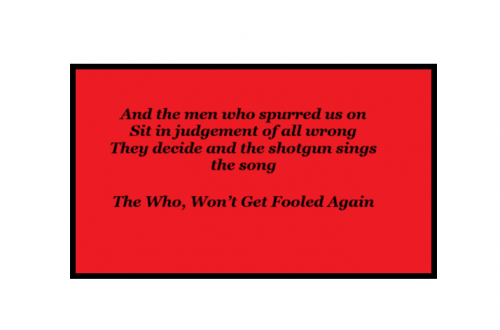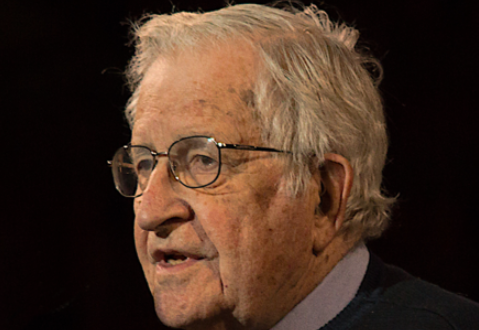Today Charlie Hebdo published cartoons of Muhammed. (If the one I’ve seen is typical I’ll stick to Jesus and Mo.) Although many have been angered by these, there have been Muslim voices calling for restraint. For example the Arab League Secretary-General Nabil Elaraby said those who feel offended should “use peaceful means to express their firm rejection.”
Philippe Marlière has written an unbelievably annoying piece about the cartoons in the Guardian. It’s entitled: ‘Charlie Hebdo – more anti-Islamic than anti-clerical’. Possibly – but the cartoon on the cover does feature an Orthodox Jew. The subheading sternly informs us: ‘Magazine aims to reassert its early secular leftwing credentials but in the current climate of religious prejudice these cartoons are not helpful’. I assume this isn’t the religious prejudice which has been troubling Pastor Nadarkhani or Asia Bibi. Now – I actually think anti-Muslim bigotry is a genuine problem in France, so perhaps it is Marlière who is being ‘not helpful’ in prompting my irritated response.
Marlière goes on to give a potted history of Charlie Hebdo which emphasizes the strands least likely to appeal to today’s Guardian readers – its bawdiness, supposed sexism, dictatorial management style, apparent anti-left stance, and links with Sarkozy. The article eventually remembers what prompted it in the first place, and concludes:
Of course people should be entitled to mock Islam and any other religion. However, in the current climate of racial and religious prejudice in Europe, how can these cartoons be helpful? Charlie Hebdo is waging a rearguard battle.
The first sentence reminds me of assurances that antisemitism is very very bad, made by people who otherwise show no signs of thinking this is the case. The last sentence is particularly bizarre, as, if true, it seems to encapsulate exactly why the battle needs to be fought.
Update: a link to the other images


